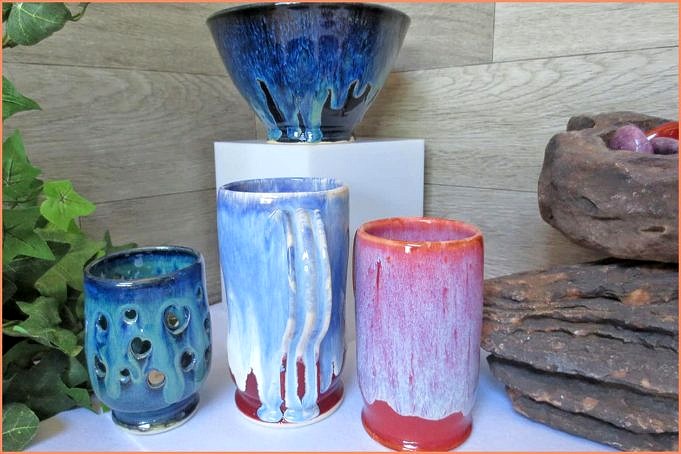Glazing refers to the process of applying and manipulating color on a sealed surface.
There are many options for color: common stain, oil, Japan, universal-tinting, or special glaze. A glaze is a thick stain that stays put on any surface, even vertically. Gel stain, for example, makes a good glaze. Note that its the position of the colorant in the order of finishing steps – over at least one coat of finish, but under a topcoat – that defines glazing. Glazing does not require that you use a glaze. However, even if you use a glaze to stain, it is not glazing if you apply it directly on the wood.
Glazing is a simple decorating technique, but it can still create sophisticated effects. You can add depth to three-dimensional surfaces like raised panels or mouldings, fake the wear and dirt accumulation that comes with age, paint surfaces more defined, adjust color after it has been finished, create faux grain, or other decorative patterns.
Besides its ease, glazing is also one of the most forgiving steps in finishing. You can practice with the wood you are finishing and, if you don’t like it, you can remove any glaze and start again without damaging the finish.
Though the application of glaze is not difficult, there is skill involved in knowing the look you want to create (having an artistic sense), and in maintaining consistency when glazing multiple objects, such as all the doors on a set of cabinets.
Glazing ProductsThere are two types of glaze: oil-base and water-base. The oil-base glaze has a richer, deeper appearance and takes longer to work. Oil-base glaze can be removed for up to one hour by wiping with paint thinner, naphtha or another solvent that won’t damage paint or finishes.
Because water-base glaze dries quickly, it is more difficult to work. But it has much less solvent smell, so it is less irritating to be around. After you’ve applied the water-base glaze to your surface, it takes only a few moments to wash it off with water.
Oil-base glaze is best for cabinets and furniture when the finish is lacquer, varnish or shellac, and youre applying the glaze in a shop with good ventilation.
Water-base glaze is best for faux finishing on large surfaces like panels and walls in buildings where there is very little air movement, and on furniture and woodwork when youre topcoating with a waterbase finish. A water-base glaze can be used over an oil-base glaze. This process may take up to a week depending on weather conditions.
Brands of glaze vary in thickness and drying time, but all brands produce good results. Some manufacturers provide glazes in a range of colors. Others provide only a clear glaze base to which you or the paint store add the pigment. Cabinets and furniture are most commonly made of dark browns and whites, which can be pickedled.
If you need to thin a glaze to lighten its color, its usually best to thin it with clear glaze base instead of common thinner so you dont lose the run-resistant quality. If you need to adjust the color of a glaze, you can do so easily by adding pigment ground in oil or Japan (which means varnish) to oil-base glaze, and pigment ground in glycol solvent or acrylic to water-base glaze.
Product Recommendations
These are the tools and supplies we use every day in the shop. Although we may be compensated for sales made through our links, these products have been carefully chosen for their utility and quality.



